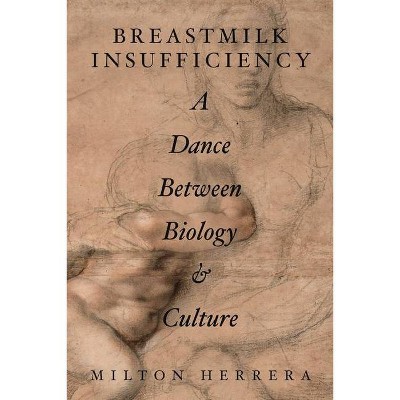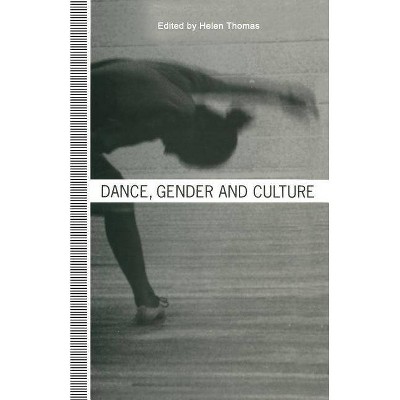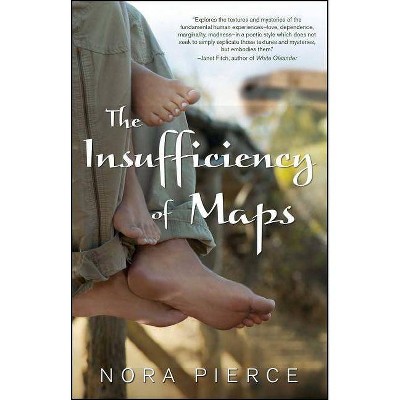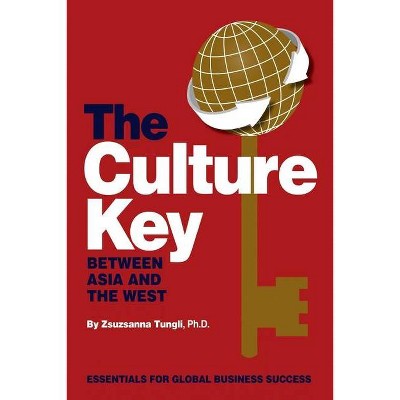Breastmilk Insufficiency: A Dance Between Biology & Culture - by Milton Herrera (Paperback)

Similar Products
Products of same category from the store
AllProduct info
<p/><br></br><p><b> About the Book </b></p></br></br>The primary focus of this book is the phenomenon of breastmilk insufficiency. As we might expect, the concept of breastmilk volume is as puzzling to breastfeeding mothers as it is to researchers, since the amount of breastmilk an infant consumes when breastfeeding is generally impossible for the breastfeeding mother to know exactly. So, the phenomenon of breastmilk insufficiency is basically the perception by the mother of not having enough breastmilk for her infant at some point during lactation. The implication of this perception can be devastating when mothers eventually stop breastfeeding altogether. Unfortunately, the perception of breastmilk insufficiency is increasing worldwide, and, more than ever, we need to understand the causation of the phenomenon to take concrete measures to curb it. There is also a need to examine variation in breastfeeding patterns in different cultures.<p/><br></br><p><b> Book Synopsis </b></p></br></br>This book is an outgrowth of the field research on the phenomenon of breastmilk insufficiency in Esmeraldas, Ecuador (2008). Theoretically speaking, in these pages, the reader will find a constant link between the cultural and biological spheres, thus further developing the interdisciplinary theory on the breastmilk insufficiency phenomenon. Methodologically speaking, this book is based on data from a prospective longitudinal study. This work is expected to contribute not only to the literature of human biology and medical anthropology, but also to the fields of geography, demography, medicine, nursing, physiology and psychology, among others. <br>This book's specific aims are threefold: first, to elucidate, define, and analyze the phenomenon of breastmilk insufficiency. Second, to show breastfeeding data from a Latin America region -for scholars to have more data to examine breastfeeding's human ecology. Third, to share the first-hand methodology and fieldwork techniques used for many years, that can be replicated in further research.<br>Moreover, this book broadens the ideas gleaned from the study of breastfeeding to biological and cultural phenomena in general. Characterizing the interaction between biological and cultural factors as a dance, these two types of factors are explored in detail, while arguing that that they are not only inextricably linked, but that they are part and parcel of a whole phenomenon made up of the interaction between the two. It is also argued that this dance is fundamentally changing the human experience, in terms of both biology and culture -which have become so intertwined that they should be given a new name, culbios.<p/><br></br><p><b> About the Author </b></p></br></br>Milton Herrera is an Adjunct Assistant Medical Professor at the Sophie Davis School of Biomedical Education, The City College of New York in New York City. He has a Ph.D. in both Physical and Cultural Anthropology at the CUNY Graduate Center, New York, and an M.D. degree from Universidad Central del Ecuador in Quito, Ecuador. Herrera is a medical anthropologist and human biologist interested in biology and cultural interactions. His research examines the effects of stress, resilience, and plasticity on health and illness. He is involved in international academic collaboration in subjects on culture and health.
Price History
Price Archive shows prices from various stores, lets you see history and find the cheapest. There is no actual sale on the website. For all support, inquiry and suggestion messagescommunication@pricearchive.us




















